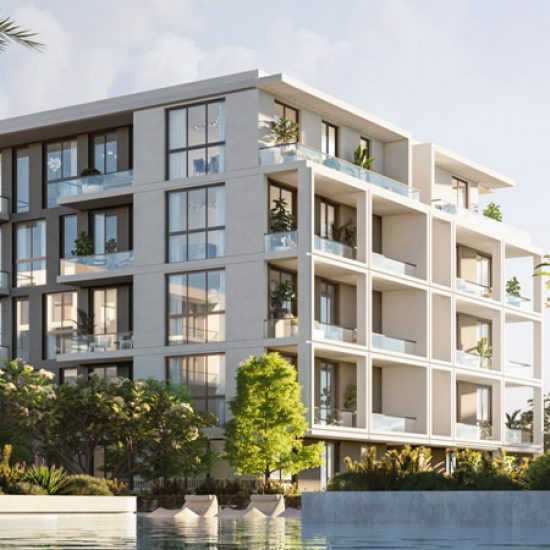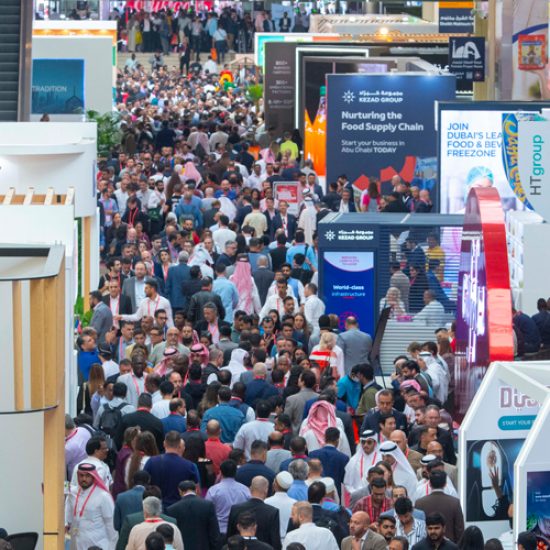| SALGUEIRO, Brazil
SALGUEIRO, Brazil The rusting tracks of Brazil’s Transnordestina railway peter out and give way to a dirt trail in a remote corner of the country’s arid northeast, far from the ports or farms it was meant to serve.
No trains run on these tracks and the cleared path for one of Brazil’s most ambitious infrastructure projects is used only by local cars, and the odd stray cow.
It was due to be delivered next month, but after 10 years of construction and 6 billion reais ($1.76 billion) of mostly public investment, the 1,700-km project is only half complete.
As a new center-right government seeks billions of dollars in private investment for airports, roads and railways, the Transnordestina highlights the challenge of resolving Brazil’s massive infrastructure problems, especially now that the worst recession in decades has battered its ability to finance public works.
The railroad’s future is in doubt as the new government is wary of sinking billions of reais more into a venture unlikely to offer a return on investment.
That reluctance could be the death knell for a generation of grand projects meant to drive development, including an east-west railway in Bahia state and an oil refinery in Rio de Janeiro state that hemorrhaged public funds for years without ever being finished.
“This was meant to bring cheap fuel and jobs for the population,” said farmer Francisco Emiliano, a 58-year-old father of seven, who lives beside the railway line here. “Everything has stopped. A lot of people are unemployed now.”
Emiliano watches over his cattle from a small hut beside where ex-President Luiz Inacio Lula da Silva launched construction a decade ago, pledging the railroad would end the region’s endemic poverty.
On Tuesday, the government pledged 430 million reais to restart work on the line. That money is unlikely to go far, but wins time for a Cabinet wrestling with whether to support or scrap a project in which public institutions are so heavily invested.
The railway has always been politically divisive. Left-leaning supporters have argued it can help develop a region ignored by private investors, while free market proponents say demand from businesses never warranted a railway of its size.
All, however, agree the execution so far has been flawed.
Amid accusations of poor design and financial mismanagement, the government is considering negotiating the concession’s return from its operator TLSA – controlled by Brazilian steelmaker Cia Siderurgica Nacional SA – so it can be re-tendered, four sources said.
TLSA, in a statement, said building stopped due to delayed public payments. With fresh funds, the consortium said it could have 6,500 people working the line within six months.
Just 800 people are now working on the railway, down from 11,000 in 2010.
The Transnordestina was designed to carry commodities like soy, corn, iron ore and gypsum from the remote northern state of Piaui north to the port of Pecem and east to the port of Suape, and from there be shipped to China, Brazil’s main export market.
Its collapse would be a huge blow for these communities, forcing businesses to continue using poor roads to transport goods.
For Renato Pavan, president of infrastructure consultancy Macrologística, it is a lesson in the perils of state-led development.
“The Transnordestina was thought along the lines of ‘Let’s build a railway and the economy will adapt,'” said Pavan. “But it doesn’t work like that.”
TRACKS STRANDED
Brazil’s woeful infrastructure costs the economy as much as 151 billion reais per year, according to consultancy group GO Associados.
This continent-sized country spends just 2.5 percent of its gross domestic product on infrastructure. That, according to data from management consulting firm McKinsey, is less than a third of the proportion spent by China, half that of India and just under half of South Africa and Russia.
Along with a labyrinthine bureaucracy and tax code, poor infrastructure is one of the added expenses of doing business that investors collectively dub the “Brazil cost.”
A lack of railways is particularly costly, forcing cargo to go by truck, which is slower and more expensive.
The Transnordestina began in 1999 as a modest plan to join existing branch lines but morphed into an ambitious 1,753 km-railway during the commodity-driven boom years of Lula’s presidency.
To help develop the project, as much as 75 percent of its funding came from public sources, even though CSN led the consortium.
As the estimated cost rose from 7.5 billion to 11.2 billion reais and a deep recession ate into government revenue, public money dried up and work stalled.
The estimated 5 billion reais needed to conclude it has created an impasse between the government and the consortium.
While Brazil’s federal audit court (TCU) insists costs over the initial 7.5 billion reais price tag are the responsibility of the private companies, the consortium insists the government first pay its share.
Attempting to break the impasse, the Ministry for National Integration on Tuesday offered up the fresh funds – far short of what’s needed to complete the project – on the condition that TLSA present a working plan with targets for 2017 within 50 days.
TLSA said the new funds would create jobs for 5,000 people and that discussions were ongoing over a definitive plan to complete the project. It gave no time frame for the conclusion of those negotiations.
Meanwhile, the TCU is analyzing why the project was allocated without public tender as well as an apparent disparity between money spent and work completed. The consortium denies any wrongdoing.
The current situation is made worse by the initial decision to start building the railway from the middle, leaving it stranded.
The consortium said construction began in the middle to save money, though it is now considering starting work from Pecem port.
“This is more than unusual: it makes no sense,” said Luiz Afonso Senna, professor at the Federal University of Rio Grande do Sul and former head of the National Agency for Land Transportation (ANTT). “If you’re linked to a port, within 50 km you would have cargo to transport.”
PESSIMISTIC FUTURE
President Michel Temer’s government, citing vastly over-budget soccer stadiums built ahead of the 2014 World Cup and oil refineries that are now under investigation for corruption, has made it plain the days of lavish public projects are over.
Within the government there are also doubts about whether there is sufficient freight to merit such a large railroad and whether any private companies would tender to complete it.
The railway was planned to carry 30 million tonnes of cargo a year, but some experts think demand could be just a fifth of that.
Along the tracks, people are losing hope.
“I am pessimistic about the railway,” said Marcones Liborio de Sa, the mayor of Salgueiro, a town at the center of the railway.
“There’s no interest from the private sector in it. It’s a project that was motivated by a desire to develop the region.”
($1 = 3.4096 reais)
(Reporting by Leonardo Goy, writing by Stephen Eisenhammer; Editing by Daniel Flynn, Christian Plumb and Kieran Murray)




